Ride Smarter from City Streets to Wild Trails
Streetwise Confidence in Busy Cityscapes
Protective gear that actually works in real traffic
Fit trumps price when it comes to helmets, gloves, and glasses, because secure contact and clear vision outlast marketing claims during quick head checks and surprise potholes. Prioritize lights with steady, shaped beams for visibility without glare, plus a dimmer for dusk. Place reflective accents on moving joints for human recognition, not just on the bike. Carry a tiny backup rear light and a compact bell or friendly horn. Document your setup with photos before rides, so if anything shifts you notice immediately.
Reading the street: patterns, blind spots, and timing
Urban flow reveals clues: door zones glow with parallel parked cars, bus stops concentrate unpredictable merges, and left‑turn pockets hide late darts across your path. Scan wheel angles and driver head movement instead of paint alone. Establish a primary position that commands your lane when needed, then release space deliberately to invite patience. Manage speed near intersections to leave braking room. Time departures to join platoons rather than fight them. Treat delivery hot spots as slow zones, and never outpace your sightlines.
A commuter’s story: from near‑miss to daily flow
After a ride‑hailing car swung across a bike lane without signaling, a shaken commuter sketched a simple risk map of her route, circling recurring hazards and noting time windows with calmer traffic. She shifted departure by twelve minutes, adopted a brighter side light, and rehearsed a friendly palm‑down slow gesture that reliably softened drivers’ rush. Two weeks later, her heart rate data and journal notes showed fewer spikes and shorter trip times. Her takeaway: small, repeatable adjustments beat heroic efforts every time.
Trail Wisdom: Preparation Beyond the Pavement
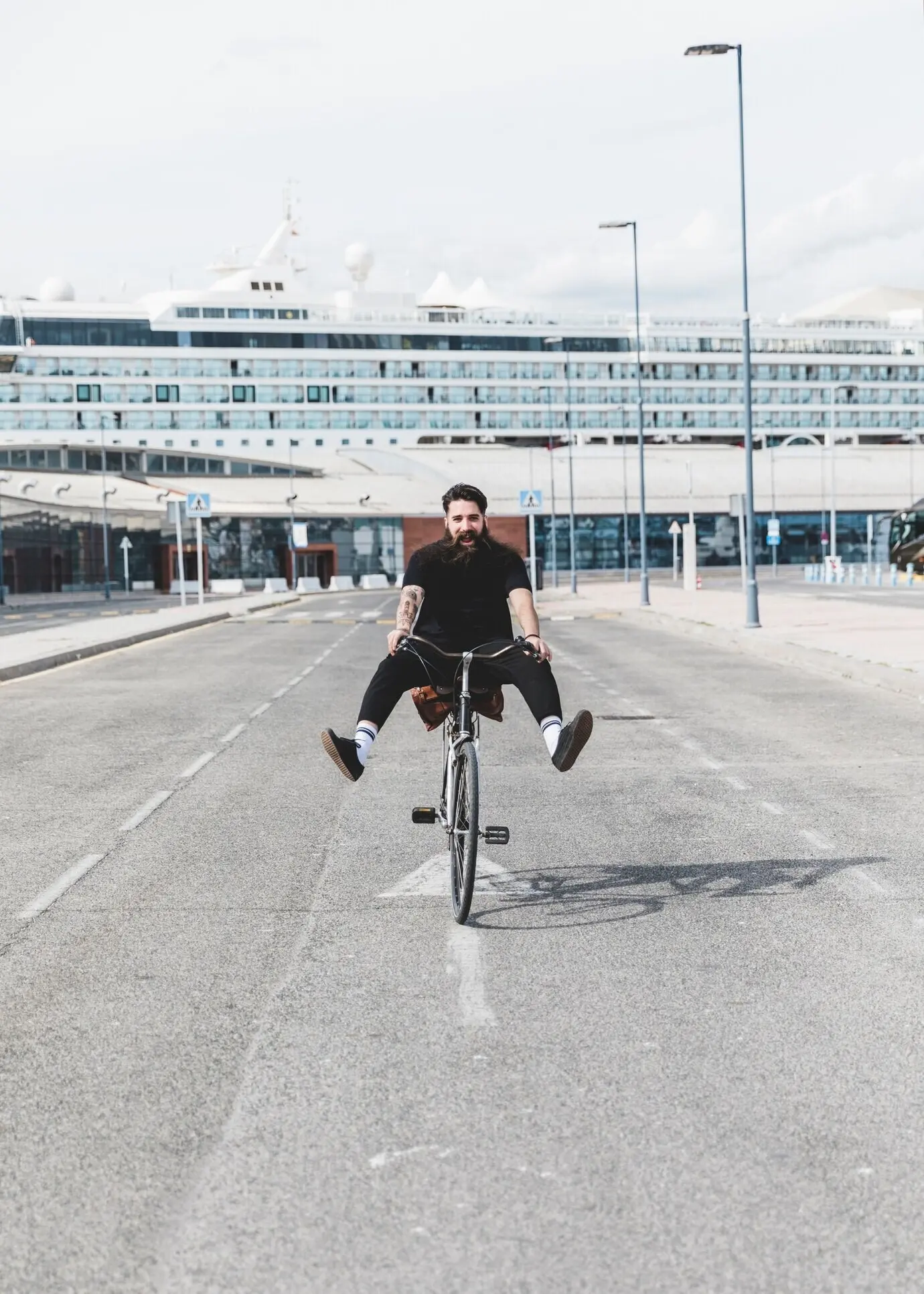
Packing light without forgetting essentials
Balance freedom and readiness by grouping needs: motion, heat, repair, and direction. Motion covers food you will actually eat while moving, plus water you will truly drink, not just plan. Heat means a compact, breathable shell and emergency warmth. Repair includes a reliable pump, plugs or patches, quick links, and a short, familiar multi‑tool. Direction demands offline maps and a spare navigation method. Weigh items wet, not dry, to avoid optimistic guesses. Practice packing in dim light to reveal awkward placements.
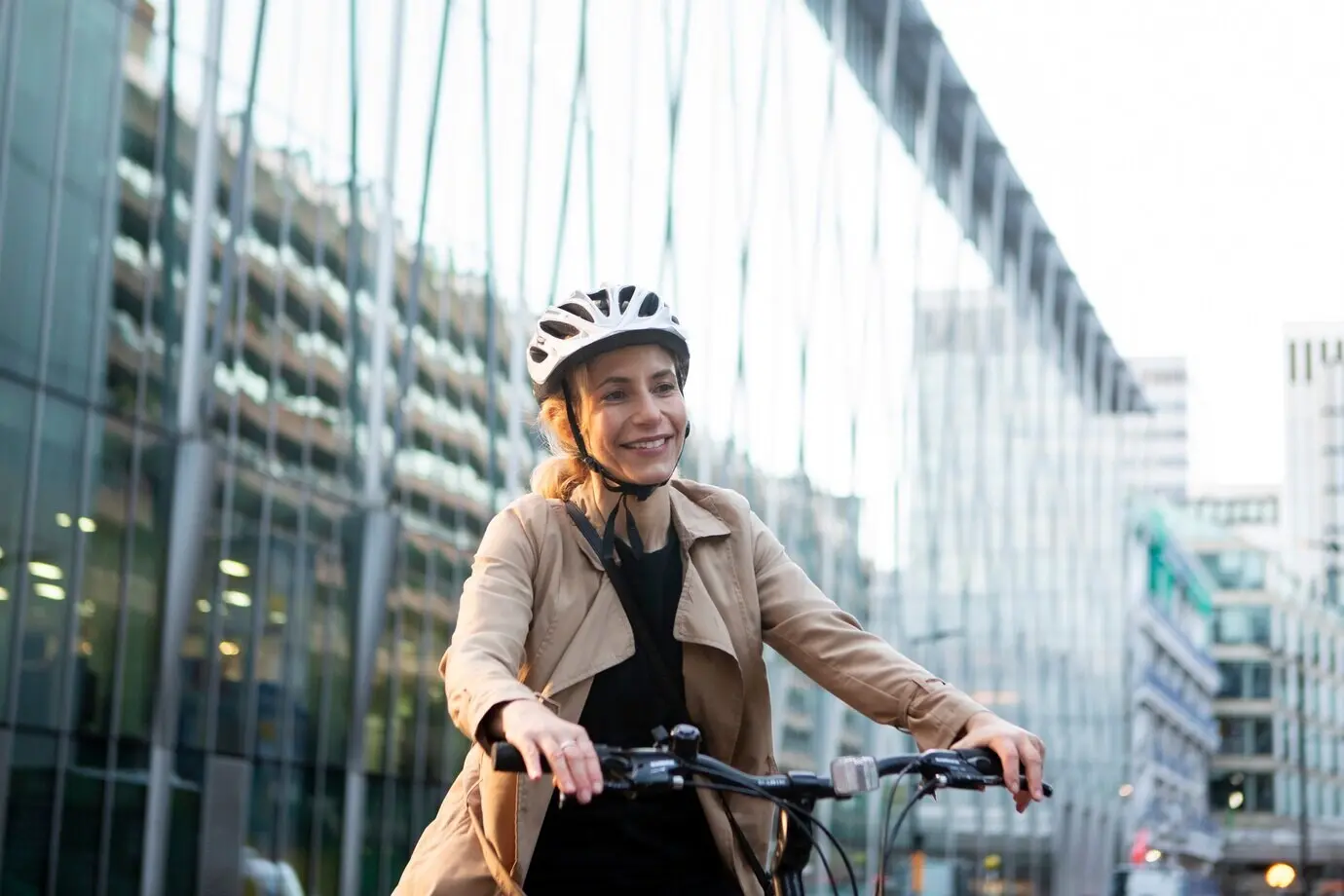
Trail signals, etiquette, and shared paths
Sound travels strangely in forests, so announce early with a warm, steady voice rather than sudden shouts. Uphill riders deserve consideration, and equestrians need extra distance plus calm tones. Yield proactively on narrow bench cuts, and step off on the uphill side where practical. Protect sensitive switchbacks by walking if traction falters. Keep groups compact to reduce passing fatigue for others. Log trail conditions afterward without naming exact fragile spots publicly. These habits build goodwill, preserve access, and keep everyone’s focus on flow, not conflict.
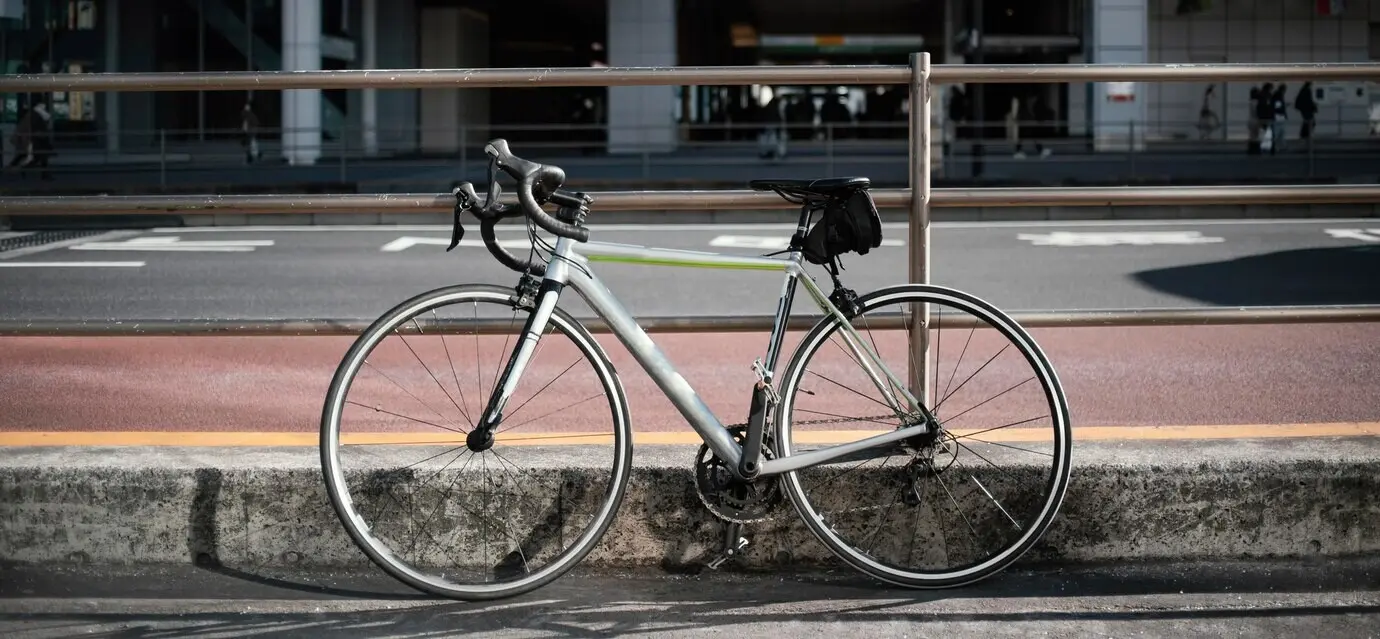
When the weather turns and the map goes blank
Cloudbanks swallow ridgelines, phones lose signal, and confidence wavers unless you have rehearsed a quiet reset. Stop where you last felt certain, layer up immediately, and mark a timestamp. Eat something simple to clear decision fog. Switch to your backup navigation method, even if it is just a known bearing and a contour strategy to descend to water or a road. Announce intentions to partners clearly. If solo, text a checkpoint update when any service appears, then reassess daylight and retreat options without ego.
Navigation That Keeps You Moving
Apps and devices that earn their space
Backup methods when batteries give up
Creating waypoints that mean something later


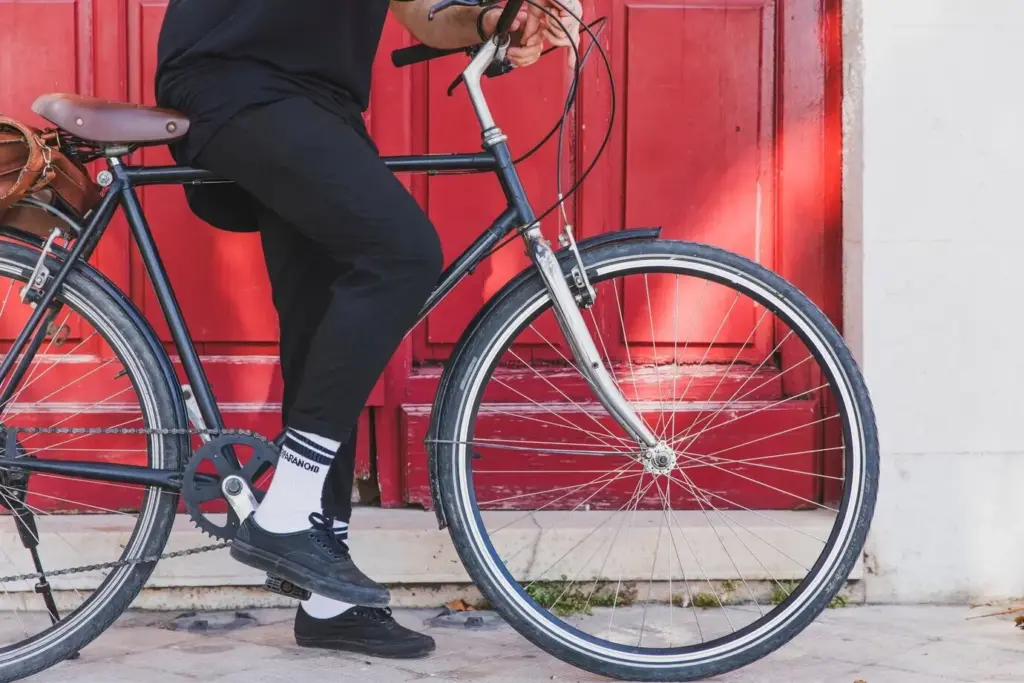
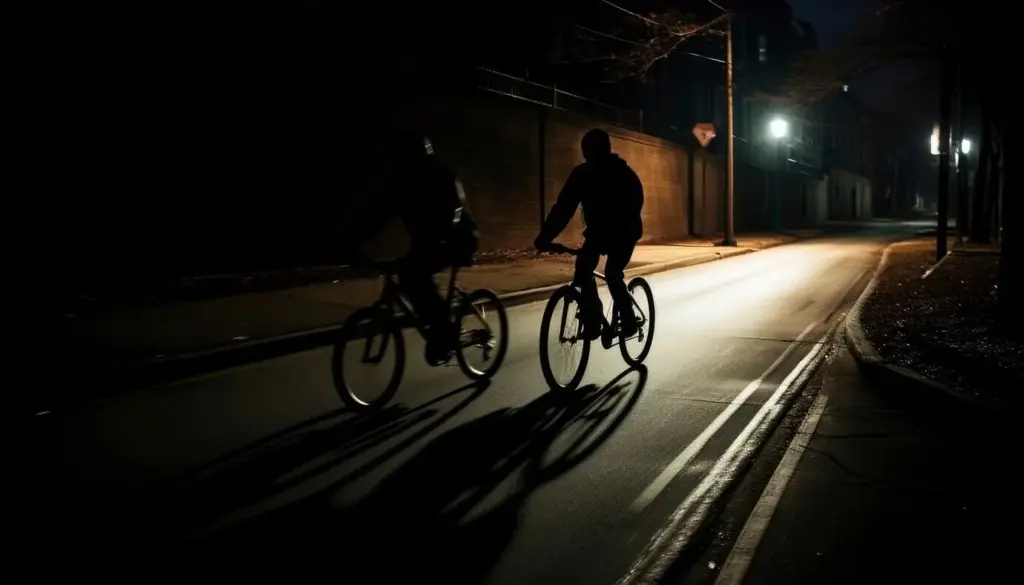
Routes That Respect Time, Energy, and Joy
Riding After Dark and Through Weather
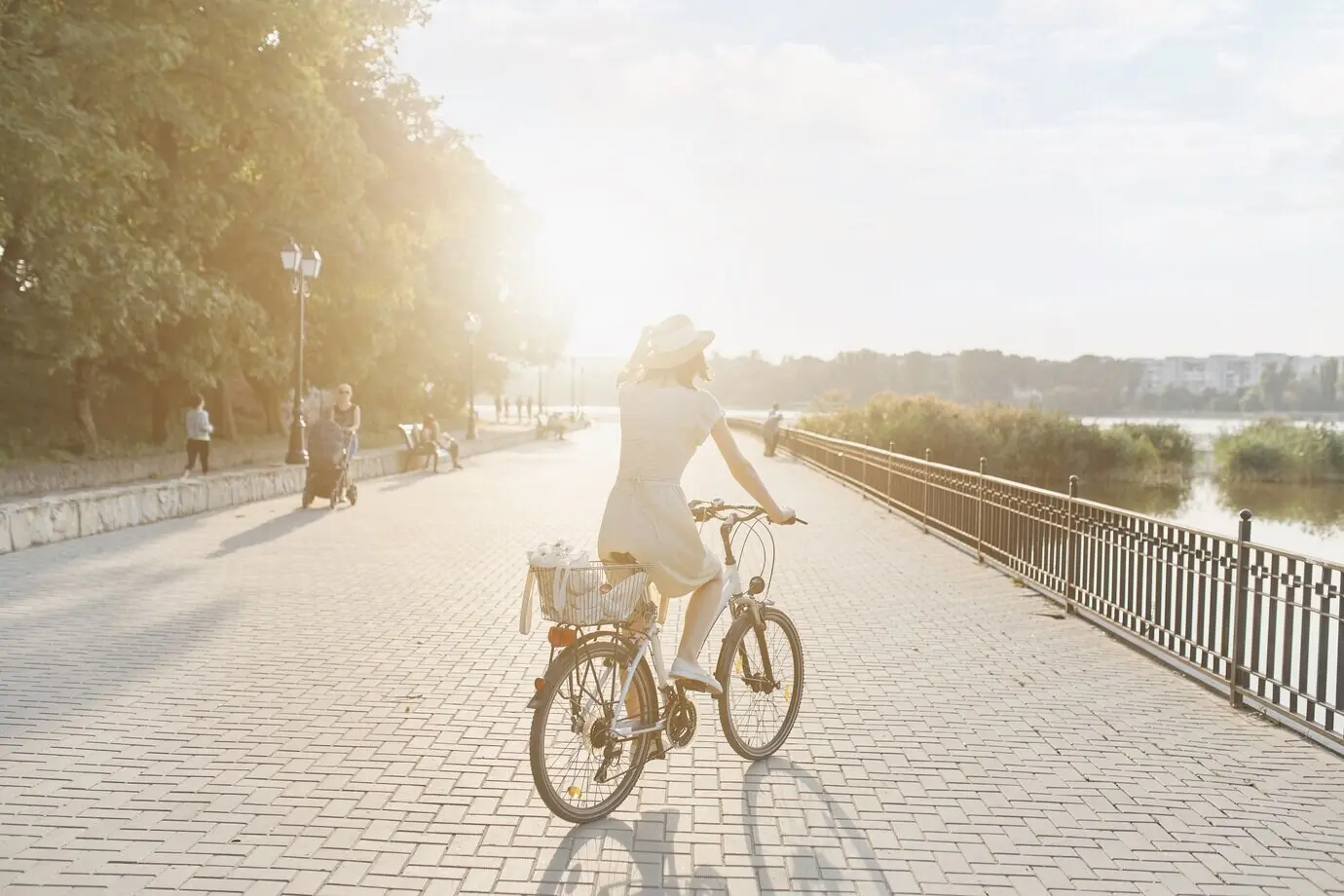
When Things Go Wrong: Calm, Clear Responses
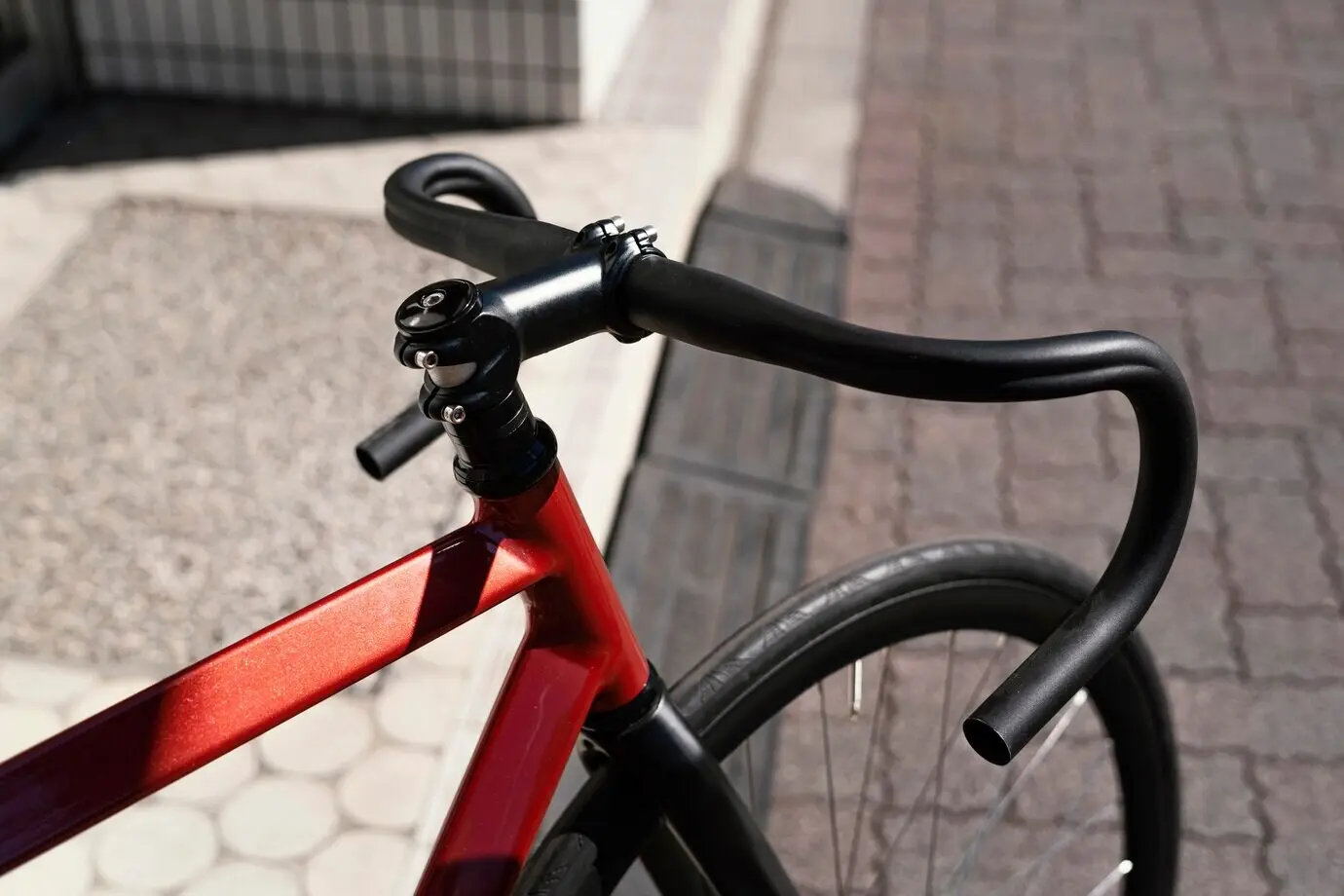
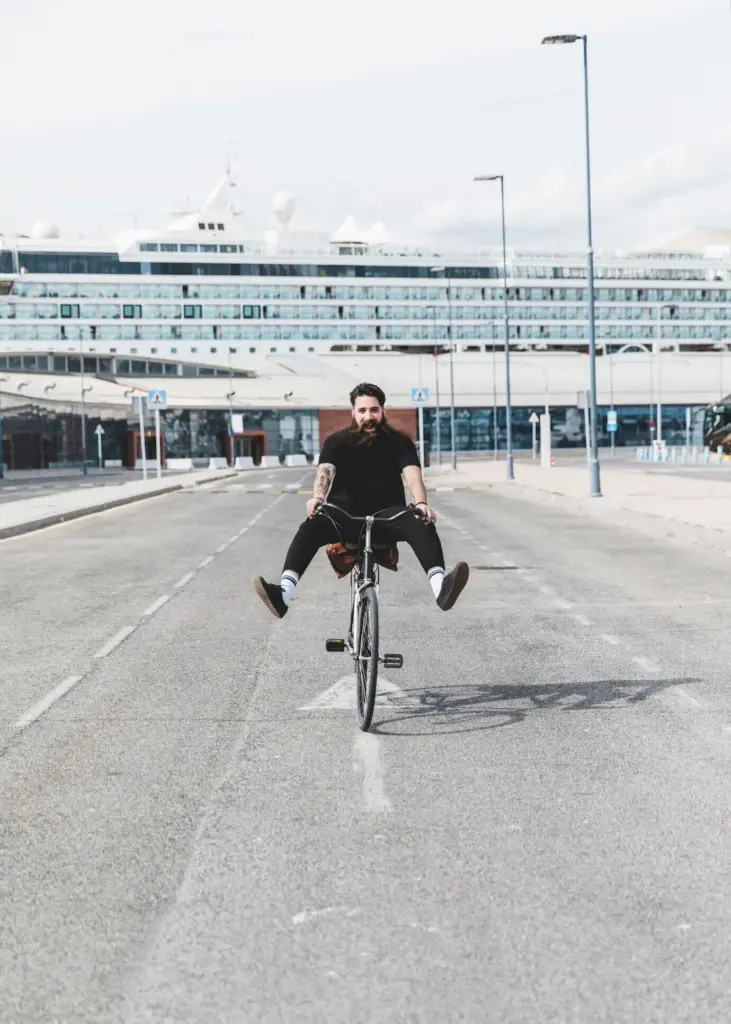
All Rights Reserved.